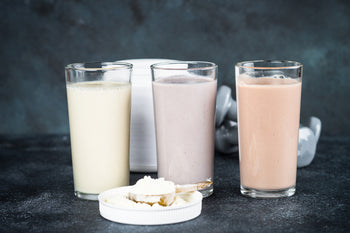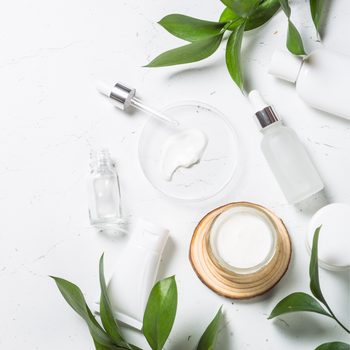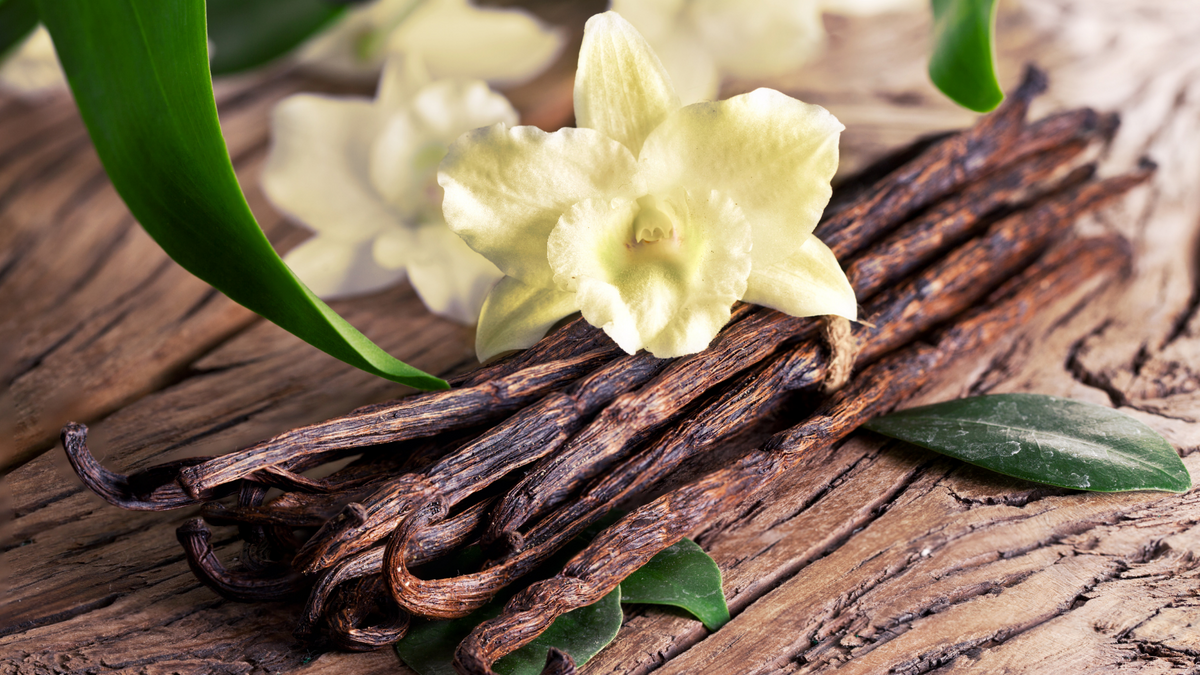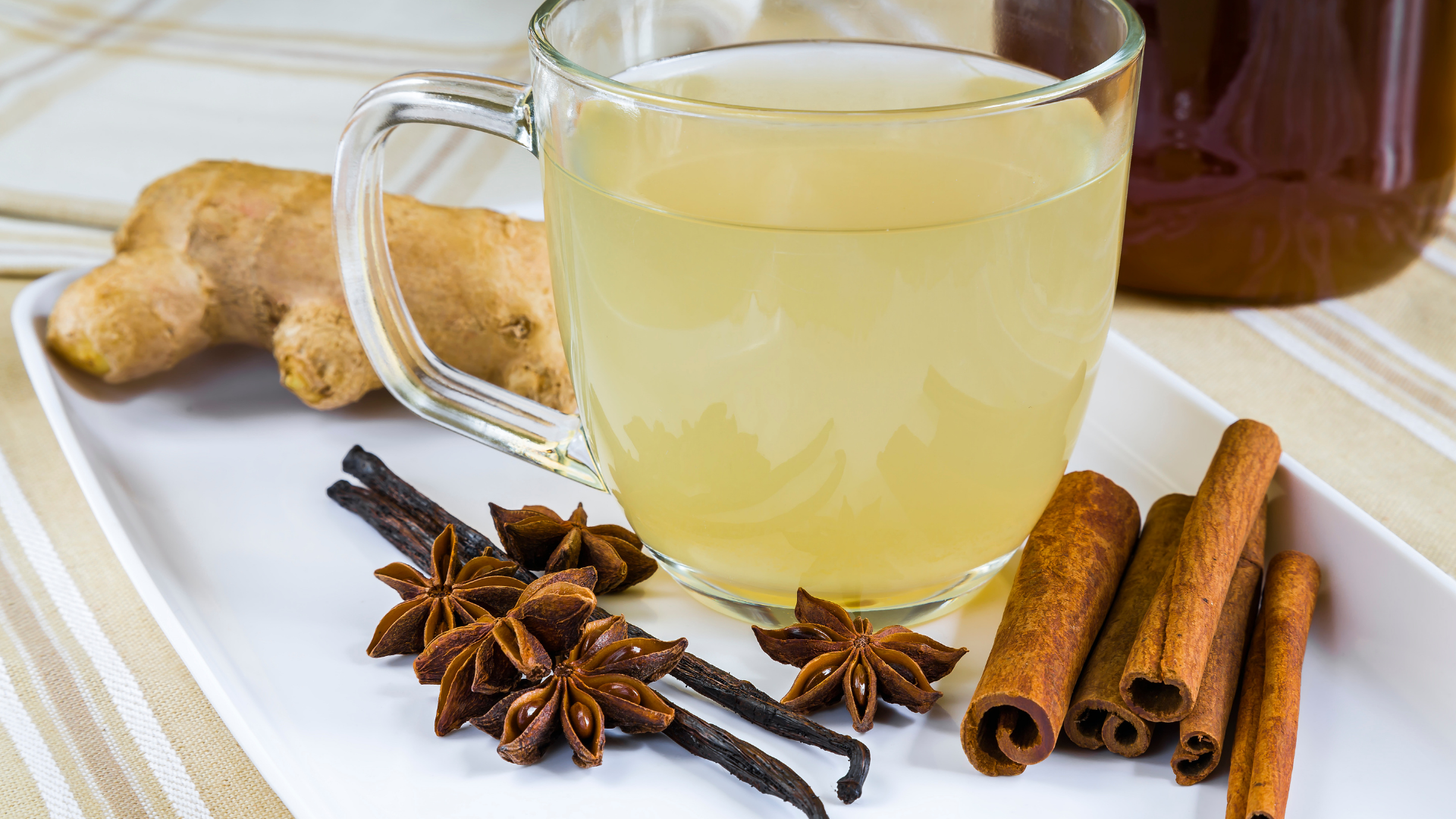 Categories
CategoriesDiet & Exercise
Discover More Articles

It’s no secret that stress can take a toll on our body, mind, and brain. December is not the month to throw your self-care and mental health priorities out the window.

5 Ways to Stay Motivated This Winter
When the seasons change it suddenly becomes harder to get out and exercise. Winter fitness programs aren’t the easiest to stick to, but they’re imperative to your overall health and well-being. So with that in mind, let’s take a look at what you can do to stay motivated and successful with your winter fitness goals.

How to Detox After Holiday Feasts
If you’re having a hard time committing to your diet over the holidays, you’re not alone. And the good news is you don’t have to be perfect to maintain your weight over the holiday season. Try following these simple detox tips after each scrumptious holiday meal and start the new year fresh and ready to finally achieve your health and fitness goals.

High Protein Meal Replacement Shakes
Meal replacement shakes aren’t just low in calories, they’re high in essential nutrients your body needs to keep yourself nourished and your stomach feeling full, while helping also you maintain or lose weight. Protein provides numerous benefits to your body, including fueling the entire body, helping build muscle mass and being a key component to essential substances your body needs, like antibodies and blood.

Skin Cycling: all about the newest trend
The skin cycling hashtag has been viewed over 3 billion times on TikTok—and dermatologists say it's a strategy worth trying.The term "skin cycling" is all about taking a cyclical approach to your facial skincare routine.

Get ready for a plumper, perkier-looking neckline
Meet our new luscious neck cream featuring our proprietary elasticizing bioactive plant blend that targets lines and texture, so your neckline appears smoother, renewed & 10 years younger looking!

TRENDING MAKEUP HACK: BLUSH & BRONZER AS EYESHADOW
By selecting shades that complement each other, you can achieve a harmonious and polished makeup look without the need for multiple products.

5 signs you need more electrolytes
Electrolytes help with hydration by ensuring the body can actually absorb and use the water you drink—preventing dehydration in the presence of sufficient water intake.

Ring In 2025 With ✨ Glowing ✨ Skin…And FREE Boosters!

Better Ingredients, Better You
Your health goals aren’t one-size-fits-all, so your supplements shouldn’t be either. That’s why we designed the Power Line to target different pillars of performance and wellness — from appetite control to anti-aging to athletic power.

Many years ago, I read the book Indian Givers, which tells of the many gifts the Native Peoples of North and South America brought to the rest of the world. One of these gifts was the many food plants they had developed, including all varieties of potatoes, tomatoes and peppers, as well as many forms of squash and beans. There are many other foods that originated in the Americas; two very notable ones I'd like to talk about are chocolate and vanilla.
Vanilla and chocolate are staples in many beloved holiday treats, but do you know that they both have value as medicinal herbs? That's what I'd like to talk about. This article is about vanilla and next week’s article is about chocolate, not as treats, but as medicines.

Fruits from the Vanilla Genus of Orchids
Vanilla is derived from the fruit (or pod) of orchids in the Vanilla genus, typically a species native to Mexico V. planifolia. Flowers are hand pollinated to ensure the fruits will develop. Then, the fruits are harvested before fully ripening, heated, or treated in some way to stop enzymatic activity, sweated, dried and cured. It’s a labor-intensive process that takes 5-6 months, which is why real vanilla is the second most expensive spice in the world, only beaten by saffron.
During this process, a compound called vanillin is produced by the enzymatic conversion of glucovanillin within the fruit, which botanically is a pod, but is usually referred to as a bean. The processed vanilla beans contain about 1-2% vanillin, which is the main flavor of vanilla. Vanillin can be created synthetically to produce artificial vanilla flavoring, but it is worthless as medicine, and not nearly as rich in flavor. Vanilla beans contain more than 200 compounds that give it its flavor. They also contain compounds like tannins, polyphenols, amino acids and resins.

Powerful Remedy for Burns
A whole vanilla extract has a number of useful medicinal properties. The one I’ve personally made use of on multiple occasions is as a burn remedy. A chef told me about this many years ago and I’ve applied real vanilla extract to kitchen burns ever since. For minor first-degree burns, it acts quickly to soothe the burn and ease the pain. If the burn is more severe, I follow the application of vanilla extract with a cut piece of aloe vera leaf from the aloe plants I have in my home.
While I've seen some suggestions that using vanilla for burns might not be safe, in my personal experience, I've used it safely for over thirty years. The only thing I’ve observed is that it’s not strong enough to take away the pain of a more severe (second-degree) burn.
The worst burn I ever had in the kitchen took multiple applications of pieces of aloe vera soaked in ice-cold water to relieve, along with multiple applications of vanilla. I used about 10-15 pieces of the aloe leaf over a 30-minute period and applied vanilla about three times as well. After that, the pain was gone, and I had no further problem with it.
While vanilla's medicinal properties haven't been well researched, given my experience with burns, it may have analgesic properties. Vanillin is reported to be in a similar category of analgesic compounds such as capsaicin from chili peppers and eugenols from spices such as cloves and cinnamon. It’s reported to ease toothache like clove, but I’ve never tried it.

Other Medicinal Properties
Vanilla can be used as a tea and is also used as a flavoring for tea blends. Vanilla tea is a traditional remedy for indigestion, nausea and vomiting. A few drops of real vanilla extract can be added to a little warm water and sipped to ease indigestion. In commercial herbal teas, it is often found with chamomile and sometimes peppermint, which are also useful for settling the stomach. The smell of vanilla also has a soothing effect on the nervous system. Maybe that’s why Celestial Seasonings has a Sleepytime Vanilla Tea.
Research suggests that vanilla has some antibacterial and antifungal properties. So, it may actually act as a natural food preservative. It also makes me wonder if it might have other benefits applied topically besides as a burn treatment. It is sometimes used in cosmetics and also has antioxidant properties that aid the skin.
Vanilla has long been regarded as an aphrodisiac. There are reports that it boosts testosterone in men, but I could not find any source material for this assertion. It does appear to increase levels of catecholamines in the brain (which include dopamine and norepinephrine, both of which increase energy and drive). Whatever the action, the flavor of vanilla generally helps a person feel good.

Vanilla and Herbal Formulation
The next issue of the Sunshine Sharing newsletter and the Sunshine Sharing Herbal Hour webinar is about using herbs with children. I created a lot of liquid herbal remedies for kids many years ago and when I was formulating remedies for kids, I had to think about flavor and not just efficacy. What good is a formula if you can’t get the kid to take it?
In crafting blends, I like to use herbs to improve the flavor so children would be more willing to take it. The herbs I've used for flavor in the past include licorice, sarsaparilla, anise, fennel, peppermint and wild cherry bark. If I were formulating today, I’d add vanilla to that list.
But I’m not just interested in flavoring a formula. I want the herbs I choose for flavoring to contribute efficacy to the formula. So, it is important to choose flavors that have some beneficial effects that complement the action of the formula.
Considering the actions of vanilla, I think it could be successfully used in any of the following formulas. First, it can definitely be combined with carminatives like peppermint, chamomile, anise and fennel to settle the stomach. Second, it could be blended with chamomile, kava kava, and other nervines to help relax the nerves. It might be a helpful addition to formulas for pain. Finally, it would definitely be worth experimenting using it with damiana for enhancing libido and lifting the mood
I’m not formulating anymore, so I make these suggestions to younger herbalists who are blending herbal remedies. I think blending herbs should be done a lot like cooking. You don’t create recipes just for nutritional value alone. You make food that’s also appealing to the senses. But, consider this, are these two factors mutually exclusive, or is a pleasing smell and flavor a signal that the food is also good for the body? I think herbal formulas that also taste and smell good are probably more balancing to the system than ones that have an unpleasant odor and taste. The unpleasantness of something is a signal that there is something discordant about the substance. The pleasant sensations tell us that there is greater balance and harmony in what we’re about to consume.
If any of you are up to the challenge, try using vanilla in your herbal formulas or to flavor herbs you’re giving to children (or even adults). If you come up with some nice blends using vanilla, let me know. Of course, don’t overlook the use of real vanilla and real vanilla bean in cooking. I’ve made a vanilla crème pie with real vanilla beans and it was simply amazing.
